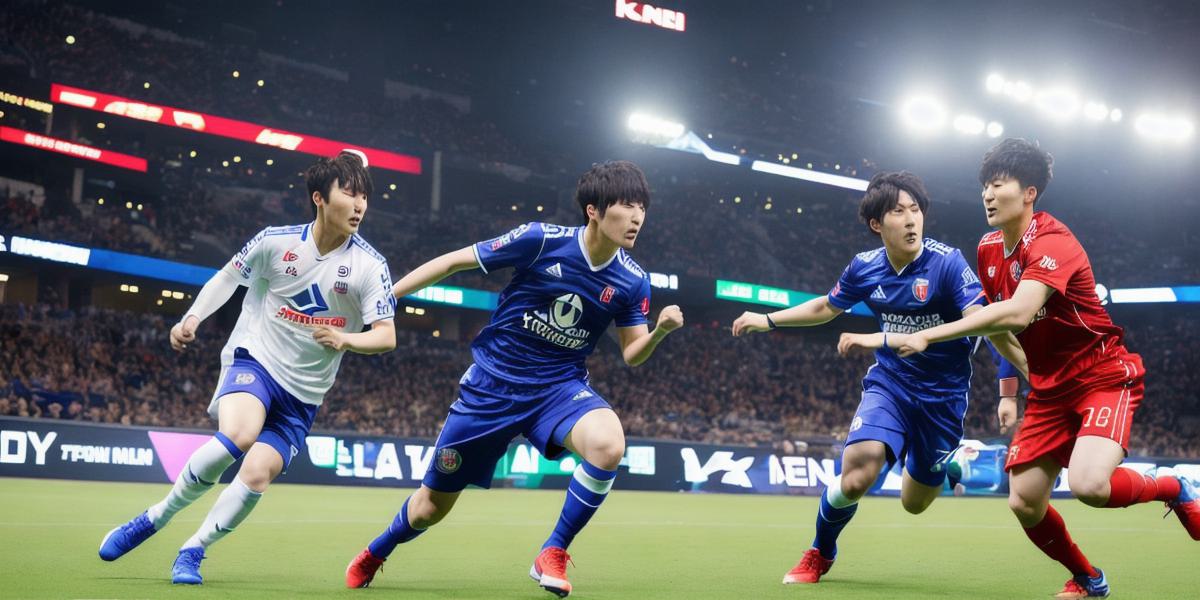In the highly competitive world of esports, few teams have managed to achieve what KDF Teddy did in the LCK Spring Championships. The team had just won their 24th consecutive match, a feat that many thought would never be broken. However, in their final match against Kiin, they were defeated and their winning streak came to an end. In this article, we will explore the factors that led to KDF Teddy’s rise to the top of the LCK Spring Championships, and how these same factors ultimately contributed to their downfall. We will examine the team’s gameplay style, their use of strategy, and their ability to adapt to changing circumstances. Additionally, we will delve into the role of individual players and their contributions to the team’s success.
Gameplay Style:
One of the key factors that contributed to KDF Teddy’s success was their unique gameplay style. The team had a reputation for playing a fast-paced, aggressive style of game that left opponents struggling to keep up. They were known for their strong early game and their ability to quickly take objectives such as dragon and baron Nashor. This allowed them to gain an advantage over their opponents and control the map.
However, this same aggressive style also made them vulnerable to counterplay. When teams were able to adapt and play more defensively, KDF Teddy struggled to maintain their momentum. This was particularly evident in their match against Kiin, where the lesser known team was able to play a more defensive style and ultimately outmaneuver the champions.
KDF Teddy’s aggressive gameplay style also made them vulnerable to surprise attacks. In their match against Kiin, the lesser known team was able to catch KDF Teddy off guard with a well-executed strategy that took advantage of a weakness in the champions’ composition. This ultimately led to their defeat.
Use of Strategy:
Another key factor that contributed to KDF Teddy’s success was their use of strategy. The team was known for their ability to adapt to changing circumstances and make adjustments on the fly. This allowed them to stay ahead of the curve and keep their opponents off-balance. They were able to read their opponents’ moves and anticipate their next actions, which gave them a significant advantage.
However, this same flexibility also made them vulnerable to surprise attacks. In their match against Kiin, the lesser known team was able to catch KDF Teddy off guard with a well-executed strategy that took advantage of a weakness in the champions’ composition. This ultimately led to their defeat.
KDF Teddy’s use of strategy also made them vulnerable to teams that were better at predicting their movements. When opponents knew what KDF Teddy was likely to do, they could anticipate their next moves and counter them before they even had a chance to execute their plan.
Individual Contributions:
While KDF Teddy was a highly coordinated and skilled team, individual players also played a crucial role in their success. The team had several standout players who consistently performed well and helped drive their success. These players included the team’s star player, who was known for their exceptional skills and ability to carry games.
However, when these key players were unable to perform at their best, the team struggled. This was particularly evident in their match against Kiin, where the lesser known team was able to capitalize on the absence of KDF Teddy’s star player and ultimately secure their victory.
Individual players also played a crucial role in KDF Teddy’s ability to adapt to changing circumstances. They were able to read their opponents’ moves and anticipate their next actions, which allowed them to make quick adjustments on the fly.
Conclusion:
The rise and fall of KDF Teddy serves as a cautionary tale for teams that rely too heavily on one strategy or style of play. While their unique gameplay style and adaptability helped them to success, it also left them vulnerable to counterplay and surprise attacks. Additionally, the importance of individual player contributions cannot be overlooked.
Moving forward, teams will need to learn from KDF Teddy’s mistakes and find a balance between aggression and defense. They will need to develop strategies that can adapt to changing circumstances while also being able to predict their opponents’ moves. Additionally, they will need to rely on the strength of their individual players to drive success and overcome adversity. Ultimately, the key to success in competitive gaming is a combination of skill, strategy, and adaptability.
